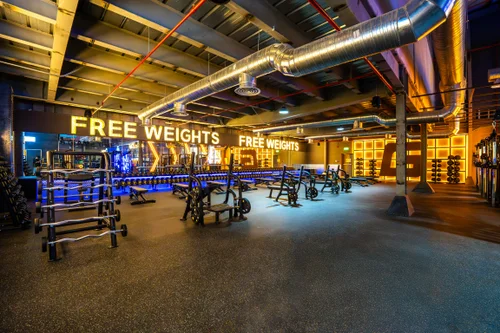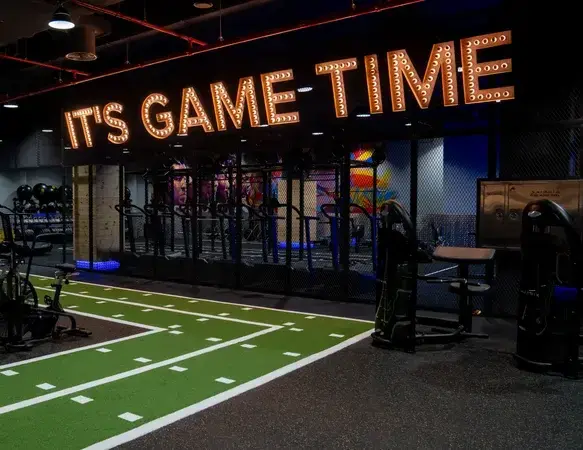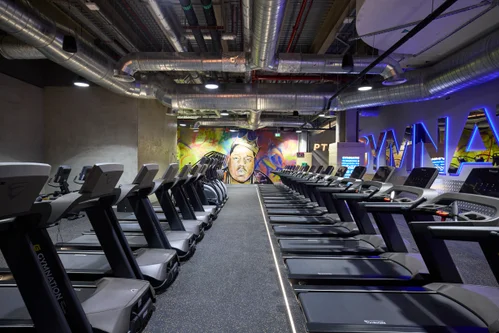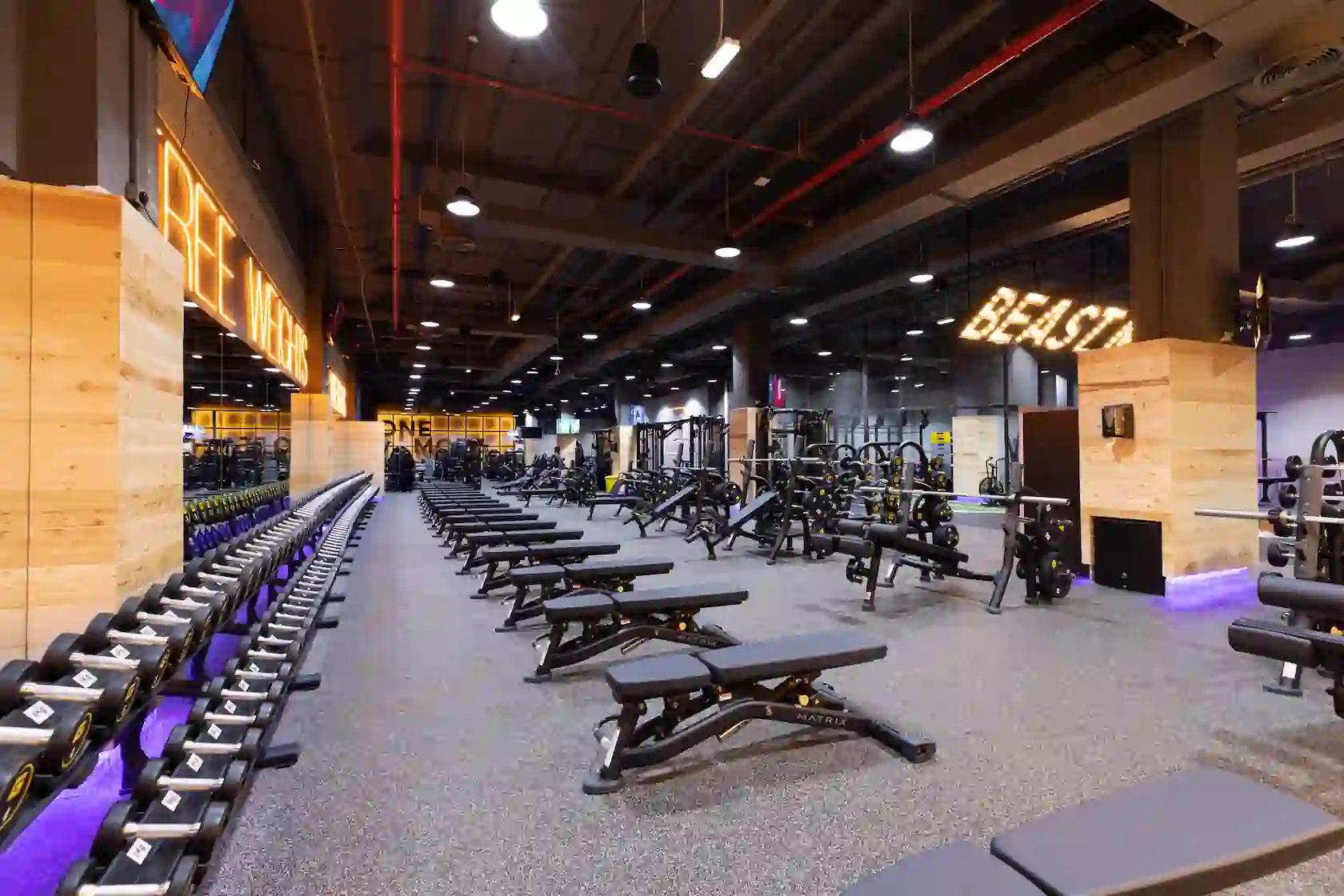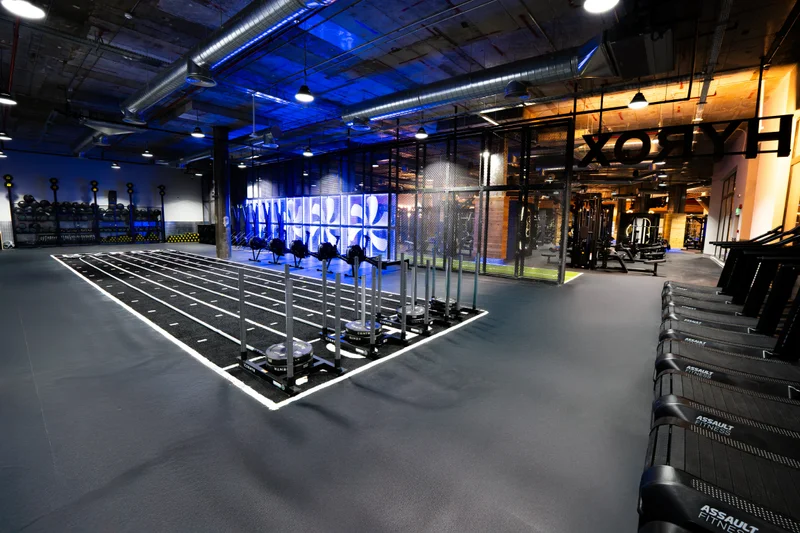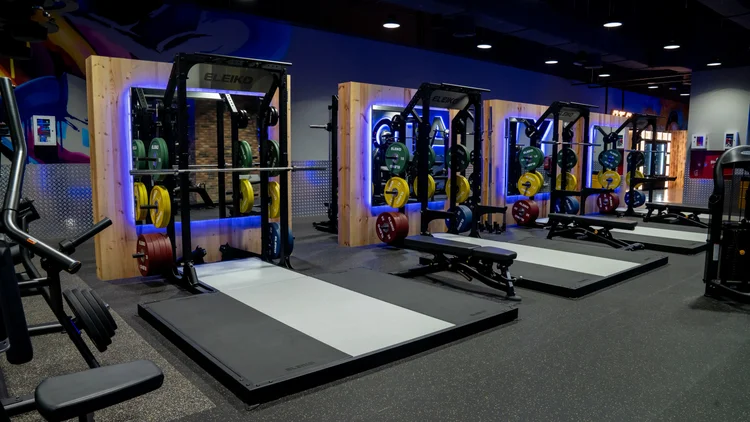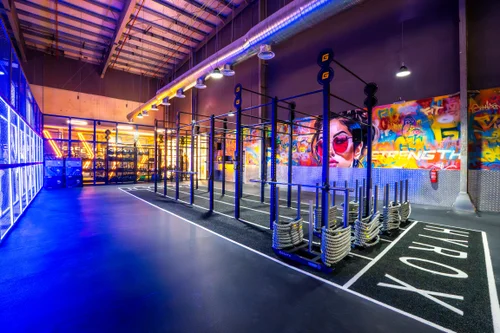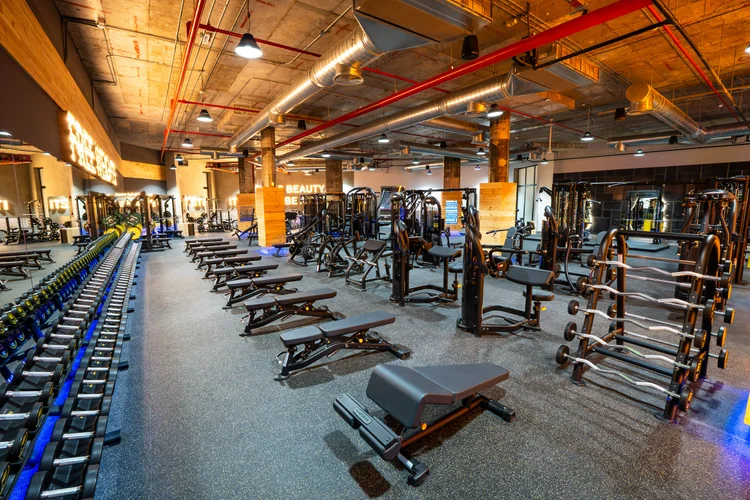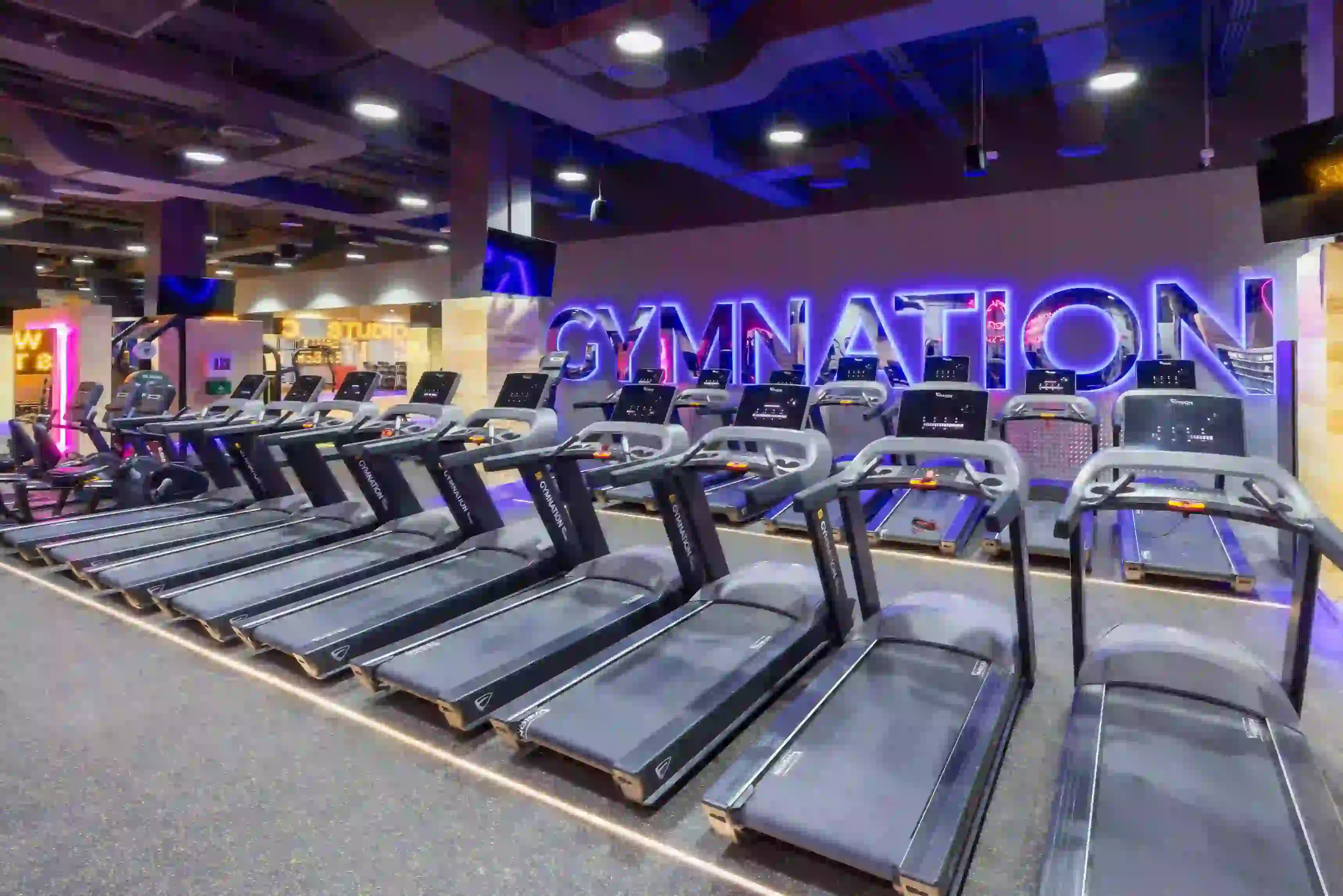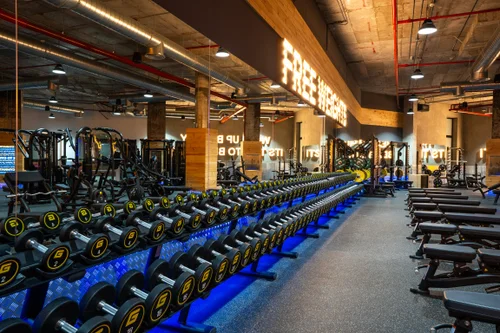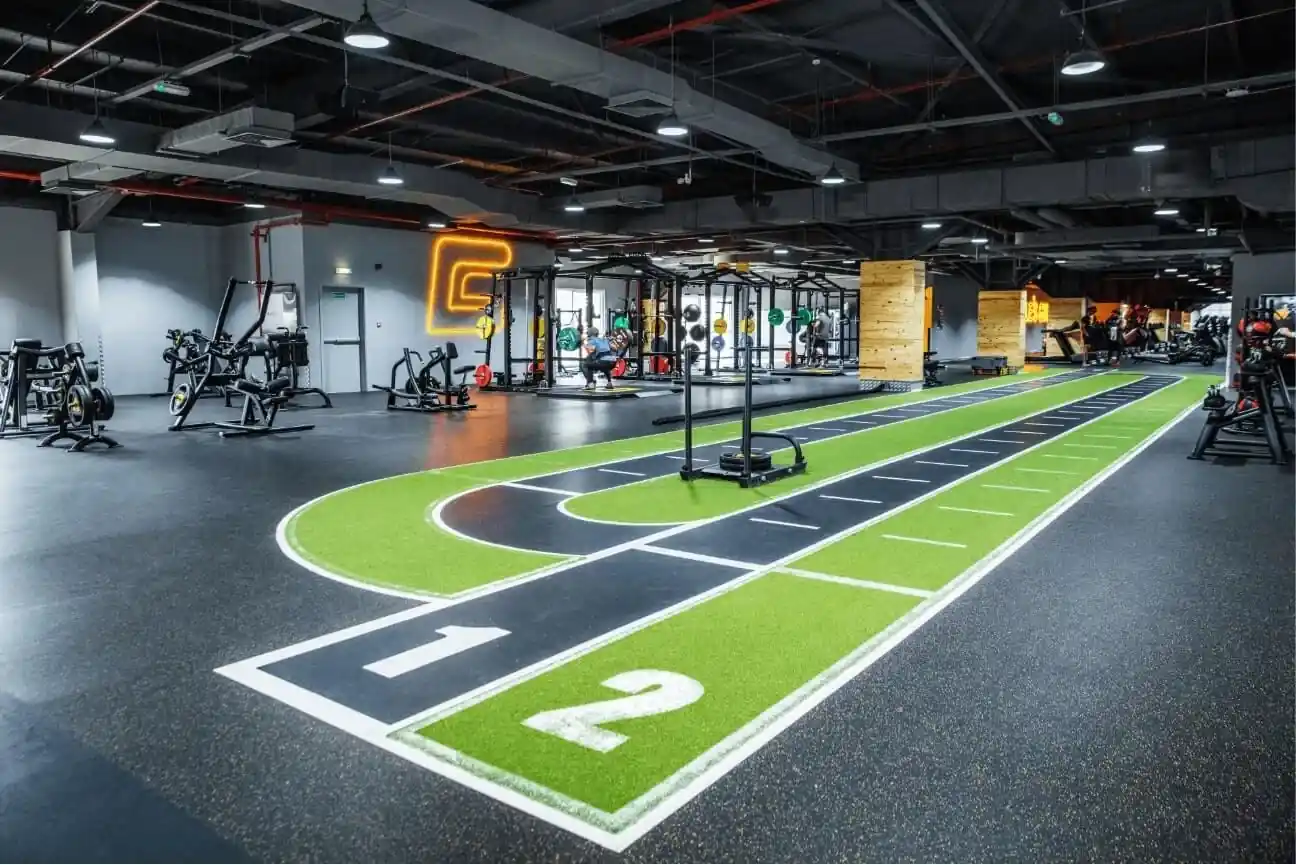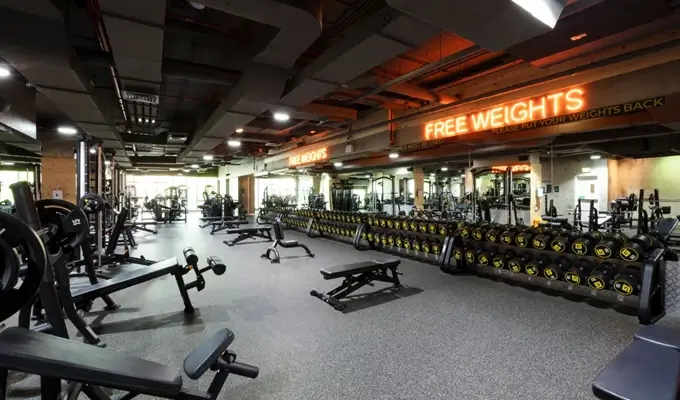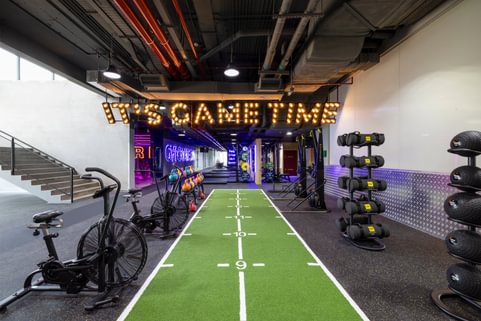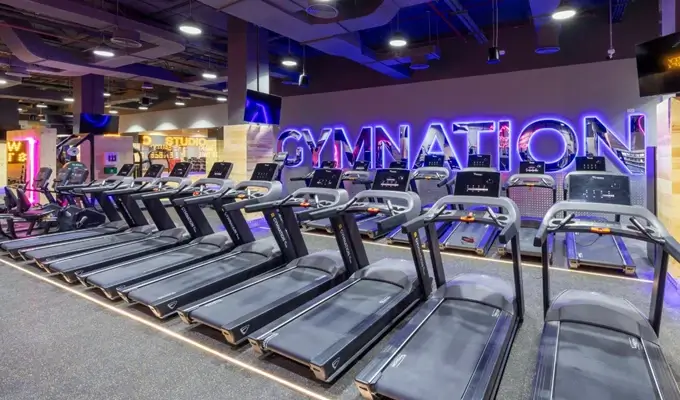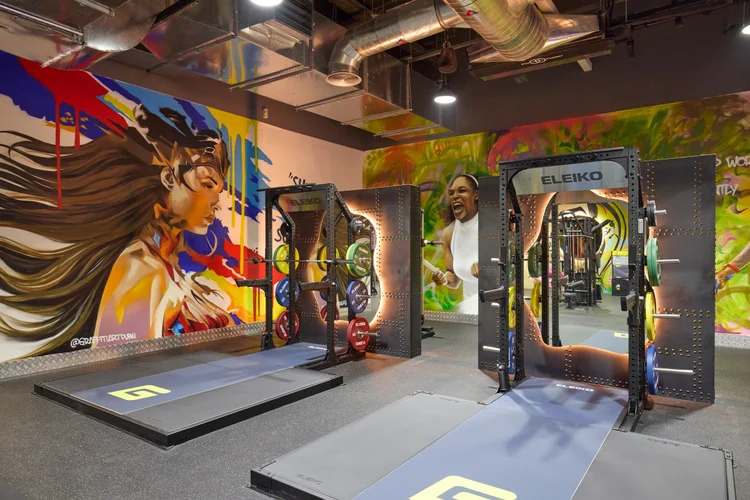The 5-Minute Post-Meal Trick That Naturally Controls Blood Sugar

SIGN UP FOR YOUR FREE DAY PASS TODAY!
Post-meal blood sugar spikes can put serious strain on your body, increasing your risk of insulin resistance, type 2 diabetes, and heart disease over time.
While what you eat matters, research reveals that light movement after meals can dramatically reduce these spikes by helping your muscles absorb glucose from your bloodstream.
French biochemist Jessie Inchauspé, known as the Glucose Goddess, recently shared a brilliantly simple exercise on Instagram that requires zero equipment or gym membership.
This easy routine helps stabilize blood sugar, boosts energy, and supports healthy metabolism—making it perfect for anyone wanting to manage post-meal glucose naturally.
What's your go-to workout time?
Why Calf Raises Work Like Magic for Blood Sugar
Your soleus muscle acts like a "glucose sponge," drawing sugar from your blood for energy without requiring intense effort.
When you activate this muscle after eating, it helps reduce post-meal glucose levels, preventing those sharp spikes that lead to energy crashes and metabolic stress.
Jessie recommends doing calf raises for 5-10 minutes right after meals. This simple movement targets the soleus muscle in your lower legs, which is remarkably efficient at using glucose for fuel, even during low-intensity activity.
How to Do Post-Meal Calf Raises
The technique couldn't be simpler:
- Stand or sit with your feet flat on the floor
- Slowly lift your heels off the ground, rising onto your toes
- Lower your heels back down and repeat at a steady pace for 5-10 minutes
The beauty of calf raises lies in their convenience. They're low-impact and can be done anywhere—while brushing your teeth, cooking dinner, or even sitting at your desk.
Five Powerful Health Benefits
1. Smooths Out Blood Sugar Spikes
By encouraging glucose uptake into muscle cells, calf raises help flatten your post-meal blood sugar curve.
This reduces your risk of long-term complications like type 2 diabetes while supporting better cardiovascular health.
2. Boosts Metabolic Health
Regular post-meal calf raises can improve insulin sensitivity, making your body more efficient at handling carbohydrates and reducing future blood sugar spikes for better overall metabolic function.
3. Protects Your Heart
Lowering post-meal glucose spikes reduces cardiovascular stress. Combined with improved circulation from gentle movement, this supports heart health and decreases your long-term risk of metabolic disorders like diabetes and obesity.
4. Enhances Digestion and Energy
Moving after meals prevents that sluggish feeling, promotes better digestion, and helps maintain steady energy levels throughout the day while supporting healthy blood sugar control.
5. Works for Everyone
No gym equipment or workout clothes needed. You can do this at home, at work, or even while seated. Just a few minutes daily can boost flexibility, energy, and overall well-being.
The Science Behind the Strategy
Growing research published in journals like Diabetes Care confirms that post-meal muscle activation significantly reduces glucose spikes.
Jessie's advice is grounded in these scientific findings, making it an easy yet powerful lifestyle habit.
Even light activities like walking, stretching, or gentle bodyweight movements after meals improve insulin sensitivity, support digestion, and lower long-term metabolic risk.
This simple practice also helps with weight management, enhances energy levels, and prevents post-meal fatigue.
Over time, adopting habits like post-meal calf raises can lower your risk of type 2 diabetes, cardiovascular issues, and other metabolic disorders, making it a practical, preventive approach to health.
Common Questions Answered
Why do blood sugar spikes happen after meals?Blood sugar spikes occur when carbohydrates break down into glucose and enter your bloodstream faster than your body can process them.
How does exercise help lower blood sugar after eating?Physical activity stimulates muscles to absorb glucose from your blood, reducing post-meal spikes and improving insulin sensitivity.
Why calf raises instead of other exercises?Calf raises target the soleus muscle, which is highly efficient at using glucose for energy, even at low intensity without heavy exertion.
How long should I do calf raises after a meal?Jessie Inchauspé recommends 5-10 minutes immediately after finishing your meal for optimal results.
Can walking after meals have the same effect?
Yes, light walking can also reduce blood sugar spikes, but calf raises offer a convenient alternative when you can't leave your current location.
This simple habit proves that effective health strategies don't need to be complicated.
Just a few minutes of gentle calf raises after meals can make a meaningful difference in your metabolic health and energy levels.
Source: timesofindia
The opinions shared in the GymNation blog articles are solely those of the respective authors and may not represent the perspectives of GymNation or any member of the GymNation team.
Frequently Asked Questions
What can I do to lower my blood sugar right after eating?
GET YOUR FREE TRIAL TODAY


























